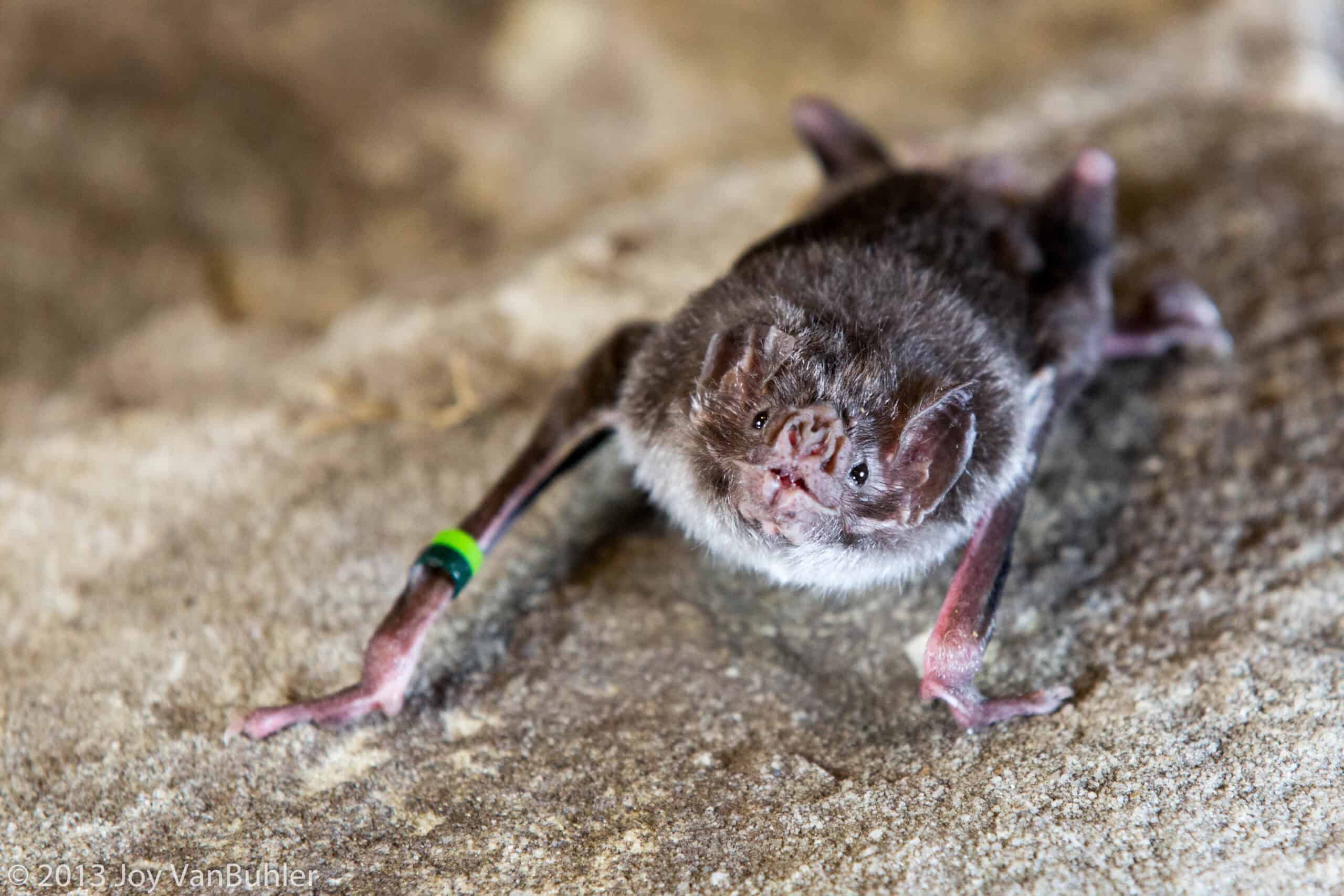Share this article
Wildlife policy in the lame duck session
Following the election of President-elect Donald Trump and nearing the end of President Obama’s administration, Congress was back on Capitol Hill this week for the beginning of the “lame duck” session. Several pieces of major legislation with provisions impacting wildlife conservation and management await resolution in Congress during the final weeks of 2016, before the end of the 114th Congress in mid-December.
Appropriations for Fiscal Year 2017
Of the 12 spending bills proposed by Congress to fund the federal government through Fiscal Year 2017, only one – Military Construction and Veterans Affairs – has been passed into law. The remaining bills have all passed their respective committees, but only a handful have been approved by the House of Representatives or Senate in full. If these bills are passed individually, or if they are combined and passed as an omnibus or as minibuses, they can include riders that may impact wildlife conservation and management.
The 2017 Department of the Interior, Environment, and Related Agencies Appropriations Bill, which passed the House in July, includes several riders relevant to the work of wildlife professionals. These include provisions impacting the Endangered Species Act status of several species, including gray wolves (Canis lupus), greater sage-grouse (Centrocercus urophasianus), and lesser prairie-chicken (Tympanuchus pallidicinctus). If the bill gets through the Senate, it would then move to conference committee to resolve any differences between the House and Senate versions.
Alternatively, Congress may choose to pass a short-term Continuing Resolution, which would fund the government at existing levels through Spring 2017. Under a Continuing Resolution, the provisions mentioned above would not take effect.
National Defense Authorization Act for Fiscal Year 2017
The National Defense Authorization Act has passed both chambers of Congress, but differences between the House and Senate versions of the bill still need to be resolved. While this bill is focused primarily on military functionality and the readiness of America’s national defense, amendments in the House version of this bill could halt the implementation of federal greater sage-grouse recovery plans, prohibit ESA listings of the greater sage-grouse and lesser prairie-chicken, and remove ESA protections for the American burying beetle (Nicrophorus americanus). In August, The Wildlife Society sent a letter to Congress encouraging them to remove these amendments from the final version of the bill due to the long-term consequences the amendments would have on science-based management and conservation.
UPDATE Dec. 1: The rider impacting greater sage-grouse conservation has been removed from the defense bill.
North American Energy Security and Infrastructure Act of 2016
The Energy Security and Infrastructure Act (previously known as the Energy Policy Modernization Act) has passed both the House and the Senate and is in conference to resolve differences between the two chambers’ versions of the bill. Both versions of the bill include language amending the Federal Aid in Wildlife Restoration Act (Pittman-Robertson Act) to provide states the option to divert portions of Pittman-Robertson funds to the promotion of hunting and recreational shooting. This provision was included on the Senate side within a larger natural resources package which was overwhelmingly approved when the amendment went to a vote. The Senate version of this bill also includes language that would permanently reauthorize funding for the Land and Water Conservation Fund.
After a recess to observe the Thanksgiving holiday, members of Congress are scheduled to be in session until mid-December working to finalize the last remaining items on their agenda before the 114th Congress concludes.
Learn more about the legislative process in Section 5 of TWS’ Policy Toolkit.
Header Image: Congress may be in the lame duck, but this mallard (Anas platyrhynchos) is ready for a great flight. ©Wikipedia Commons








